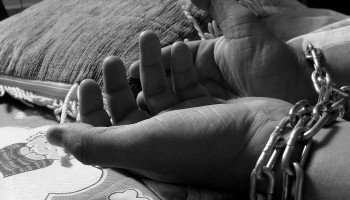“UNODC’s challenge is to work within the UN system and with member states to help build the capacity to track and prevent money-laundering, strengthen the rule of law and prevent these funds from creating further suffering,” said Fedotov.
Drug smuggling is the most profitable illegal activity, making up half of all transnational organized crime proceeds and one fifth of all crime proceeds. The report focused on cocaine, because it is considered the most profitable of all smuggled drugs according to the study, netting traffickers $84 billion in 2009. The majority of those profits actually stay in the United States and West and Central Europe, where traffickers earned an estimated $35 and $26 billion respectivelyAndean coca farmers make just $1 billion, according to the report.
UNODC developed a new “Gravity model” to show likely laundering flows, “based on indicators of the potential attractiveness of locations of money launderers,” according to the report. According to the model, approximately seventy percent of the money is laundered through the global financial system, and more than half of it leaves the jurisdiction where the profits were generated.
Another report written jointly by the World Bank and The International Bank for Reconstruction and Development, “Puppet Masters,” discusses the complex ways businesses and corporations occlude company ownership and launder money. It addresses the role of embezzlement, shell companies, trusts, and called on more transparency in institutions and more disclosures in corporate registries.





